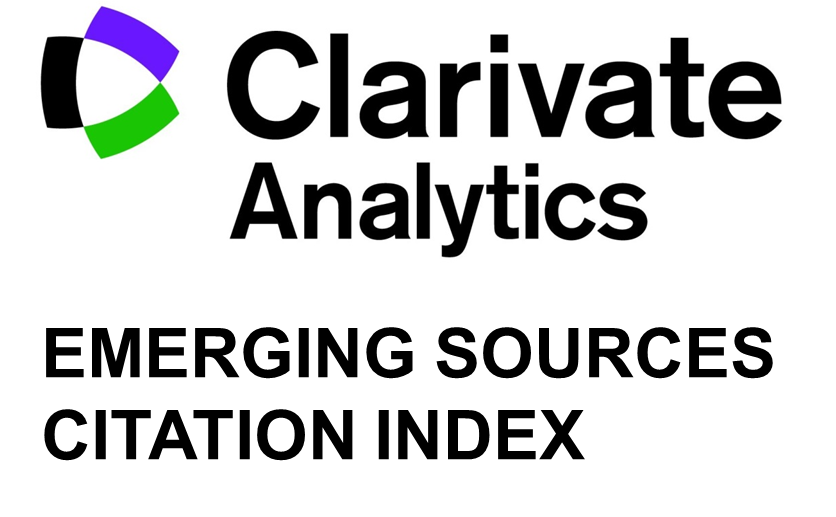Exploring direct and non-linear effects of entrepreneurial orientation and its dimensions on firm performance in a small, open, transitional economy
Keywords:
entrepreneurial orientation, performance, nonlinearity, transitional economy, SMEsAbstract
Background: The relationship between entrepreneurial orientation (EO) and small firm performance has been extensively researched over the last couple of decades. However, the scientific community still does not have a unanimous view regarding non-linear relationships between EO and performance, especially when adding separate EO dimensions.
Purpose: This paper explores the non-linear relationship between EO, observed as a unidimensional and multidimensional construct, and small business performance within a small, open, and transitional economy. Moderation effects of environmental turbulence on both direct and non-linear EOperformance relationships have been explored, as well.
Study design/methodology/approach: Hierarchical regression analysis was used to test the research hypothesis on the data collected from 109 Montenegrin SMEs.
Findings/conclusions: Results reveal that EO has a direct and inverted U-shaped non-linear relationship with small firm performance. Innovativeness and proactiveness have a direct positive effect on small firm performance. Risk-taking and autonomy have an inverted U-shaped non-linear relationship with small firm performance. Environmental turbulence does not positively moderate direct nor non-linear relationship between EO and small firm performance.
Limitations/future research: Limitations refer to the relatively small dataset which may affect the strength of the result. Specific national institutional and cultural setting could also influence the findings. Information was gathered from the owners and managers of the observed firms which limited the ability to gather more diverse information from other stakeholders. Research focused on only one moderator explaining the non-linear relationship between EO and small firm performance. Therefore, future research should focus on conducting a multi-country analysis with larger data sets to strengthen the external validity of the present study, and should adopt a multi-level perspective in investigating the role of inter-relations among EO dimensions in explaining performance variations. Future studies should continue testing the effects of other moderators in explaining the non-linear relationship between EO and firm performance, especially within a longitudinal context.
Downloads
Published
Issue
Section
License
Copyright (c) 2022 Bojan Moric Milovanovic

This work is licensed under a Creative Commons Attribution 4.0 International License.














